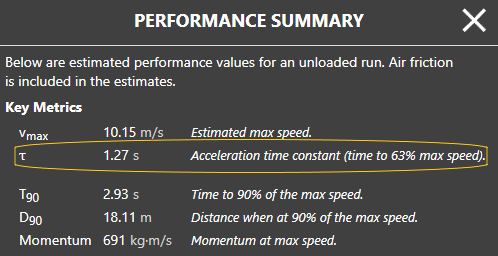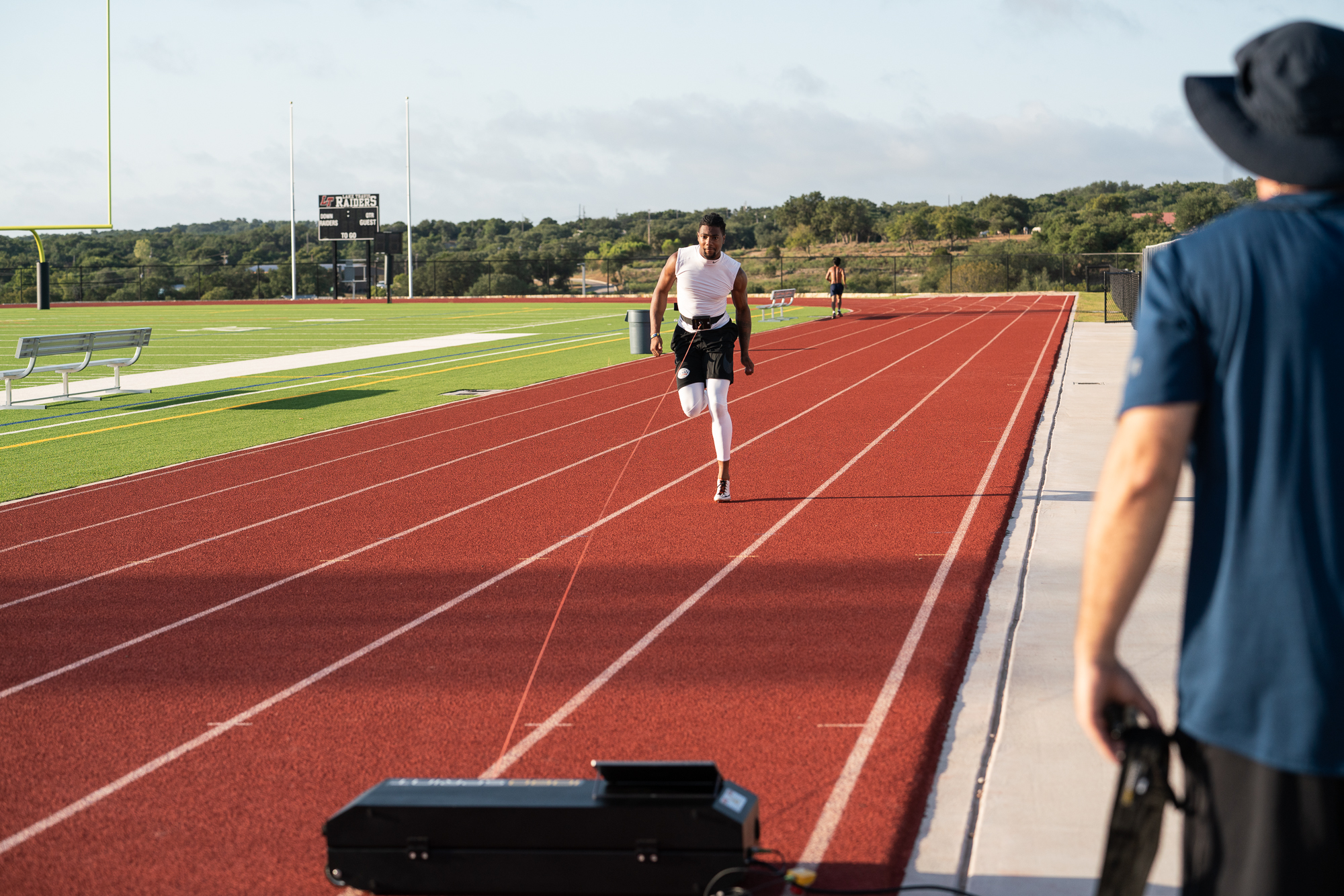Like every year, the NFL Combine and its main event – the 40 yard dash – brought excitement, amazement and debate.
For the stats geeks, this performance data (40 yard dash, vertical and broad jumps, 3 cone and 20-yard shuttle and bench press) is now entered into a publicly available repository, which anyone can access without the need for special qualifications, permissions, or privileges. This means anyone can log on, download this “open” data and analyze it.
And indeed, several people have taken liberty to use this data with either casual, educational or scientific approaches. For example, one of the first published studies using the NFL Combine data found that the 40 yard dash distinguished between drafted and undrafted players across different position groups.
The National Football League Combine 40-yd Dash: How Important is Maximum Velocity?
Another paper published by the speed scientist Dr. Ken Clark created and analyzed sprint velocity profiles from the 40 yard dash for athletes competing in the 2016 NFL Combine. Sprint profiles can be modeled by graphing sprinting velocity vs. distance or time, providing a lens on acceleration and maximum velocity (Vmax) phases of sprinting.

We’ll spare you all the complex math, but an important parameter in our understanding of the sprint velocity profile is tau (τ). Tau represents the ratio of Vmax to initial acceleration. Or think of it as a relative term of acceleration and that split times/average accelerations for different splits would be the absolute measure of acceleration. As you can imagine, athletes will have different tau. Relative to Vmax, a small τ value (e.g., 0.6) indicates that a runner quickly accelerates to a high percentage of their Vmax, whereas a large τ value (e.g., 1.0) indicates that it takes a runner relatively longer to reach a high percentage of their Vmax. Note: tau is provided in the 1080 Sprint performance report.

Given the above, Dr. Clark and colleagues were interested in the acceleration phase and Vmax to see if they correlated with 40 yard sprint performance in players of different sizes and different times (slow and fast). They hypothesized that Vmax would be strongly correlated with sprint performance across all 3 split intervals (10, 20 and 40 yards), but that τ values would not be significantly different between fast and slow runners – indicating that athletes accelerate in a similar pattern relative to Vmax (when expressed as %Vmax).
Here’s a summary of some of the results:
Vmax was strongly correlated with 10, 20 and 40 yard times along with the 10-20 and 20-40 yard splits. When the group was divided into either fast or slow athletes, it was found that both fast and slow athletes accelerated in a similar pattern relative to their maximum velocity – that is, the sprint profile, when expressed as a % of Vmax (not absolute speed in m/s), was nearly identical. Thus, relative to how we get to Vmax is similar (the 20th, 40th, 60th, and 80th percentile, and the fastest athlete).
The Take-Home Message: The Importance of Vmax
The take-home message from this analysis was that the results “…clearly emphasize the importance of Vmax for short sprint performance”. In turn, the practical recommendation was that “…devoting extensive training time to enhancing maximum velocity may be a critical component when preparing for short sprint tests like the NFL Combine 40-Yard Dash.”
Is Assisted Sprinting the Answer?
If training to improve Vmax is to be the focus of improving 40 yard sprint times, how do you do it? What methods should be used? Of course, one should sprint … but what about “overloading” sprinting speed? Can we use something to run at speeds faster than normal?
For decades, coaches and athletes have used various methods like running down a hill, negative grade treadmill sprinting, and towing – sometimes behind a motorized vehicle, cable or pulley system or elastic tubing. High-speed treadmills have also been utilized where the speed is set greater than top overground sprinting speed or with an inclined grade.
The 1080 Sprint is another device that provides an appropriate stimulus for assisted sprinting and is above and beyond a better choice than the old ways.
Indeed, Dr. Ken Clark stated at the annual 1080 Summit in 2021 that “where I see the 1080 Sprint coming into play is the ability to safely apply a stimulus to get athletes to decrease ground contact time and apply forces faster”.
There you have it … assisted sprinting is a method to enhancing Vmax! So, what are you waiting for to #MakeSpeedHappen? Learn more about the 1080 Sprint here.
[av_button_big label=’Next post:’ description_pos=’below’ link=’manually,https://1080motion.com/football-fast-ryan-phillis/’ link_target=” icon_select=’no’ icon=’ue800′ font=’entypo-fontello’ custom_font=’#ffffff’ color=’theme-color’ custom_bg=’#444444′ color_hover=’theme-color-subtle’ custom_bg_hover=’#444444′ av_uid=’av-pu1hkj’]FOOTBALL FAST AND THE NFL COMBINE: AN INSIDE LOOK WITH RYAN PHILLIS[/av_button_big]






























































